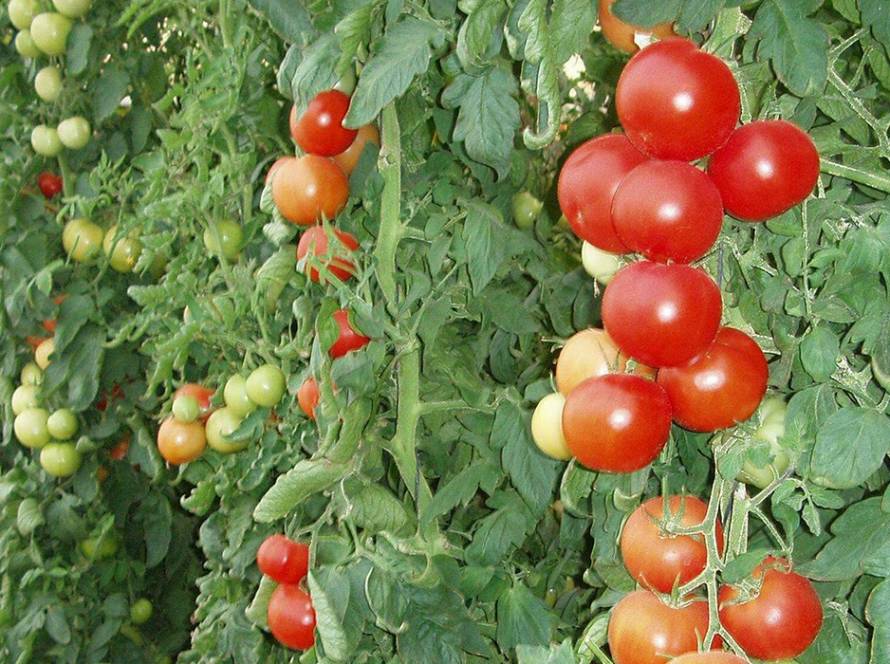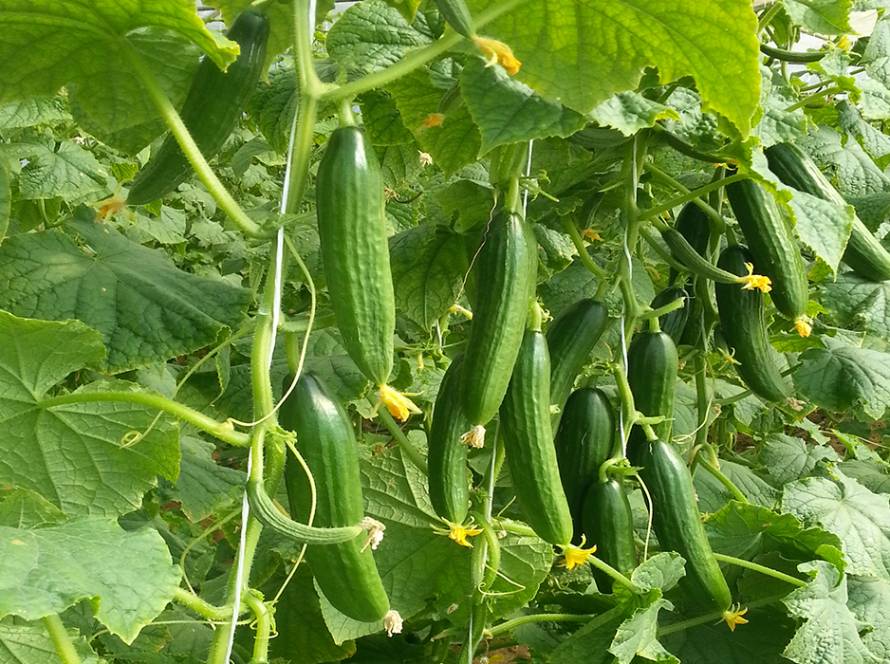Brown Spot in Potatoes – Understanding the Disease
You’ve probably never heard of Brown Spot in potatoes before! It’s a relatively lesser-known disease and has nothing to do with Brown Rot in potatoes or Brown Spot in fava beans—it’s just a coincidence in naming.
At first, there was confusion between this disease and magnesium deficiency since the symptoms look almost identical, especially in early and mid-maturing potato varieties with fast tuber development, such as Spunta and Mondial.
This disease is caused by the fungus Alternaria alternata, which is closely related to Alternaria solani, the pathogen responsible for Early Blight.
So, what’s the difference between the two? Why is Brown Spot becoming more common? And how can we control it? Let’s break it down.
How Brown Spot Symptoms Became Recognized
A few years ago, farmers started noticing unusual symptoms that didn’t quite resemble Early Blight. Instead, the lesions looked more like those caused by magnesium deficiency—emerging early in the season and forming distinct brown spots.
Scientists, particularly from Michigan State University and University of Johannesburg, have studied the disease extensively. Their findings can be summarized as follows:
- Early Blight vs. Brown Spot
- Early Blight (Alternaria solani) is a well-known fungal disease found in almost all potato-growing regions.
- Brown Spot (Alternaria alternata), however, has only recently attracted attention due to its close resemblance to Early Blight.
- Many cases of Brown Spot were mistakenly diagnosed as Early Blight.
- Disease Behavior & Spread
- Both diseases thrive under similar climatic conditions, but their severity depends largely on factors like leaf wetness from rainfall, fog, dew, or irrigation, as well as plant nutrition and variety resistance.
- Both fungi are weak pathogens, meaning they require leaf damage (wounds) to establish infection.
Understanding Brown Spot
The Alternaria alternata fungus responsible for Brown Spot behaves similarly to Alternaria solani. Like Early Blight, it overwinters in infected plant debris from Solanaceous crops.
As temperatures rise in spring, fungal spores are released and spread by wind and water, reaching potato plants. Once moisture levels are favorable, spores germinate and infect the plant—often entering through wounds.
The initial symptoms of both diseases appear as small, dark spots on the lower leaves. However, there are key differences:
- Brown Spot lesions do not develop the characteristic concentric rings seen in Early Blight.
- Instead, the spots spread along major veins, causing entire leaves to turn brown and wilt.
- The disease can also affect potato tubers, leading to a condition known as Black Dot, which appears as small black pits on the skin. After washing, these lesions resemble those caused by Early Blight.
Though Brown Spot rarely causes more than a 20% yield loss if left untreated, under severe conditions, it can become highly destructive.
Key Differences Between Brown Spot & Early Blight
- Timing of Symptoms:
- Brown Spot appears earlier in the season than Early Blight.
- Environmental Conditions:
- Brown Spot thrives in unstable weather, especially when there are sudden shifts in temperature, fluctuating humidity, rainfall, and sand-laden winds.
- Location of Symptoms on Leaves:
- Brown Spot begins in mid-level leaves (not the oldest or youngest).
- Early Blight typically starts in older, lower leaves first.
Understanding these differences is crucial for effective disease management.
Source: Dr. Mohamed Ali Fahim



